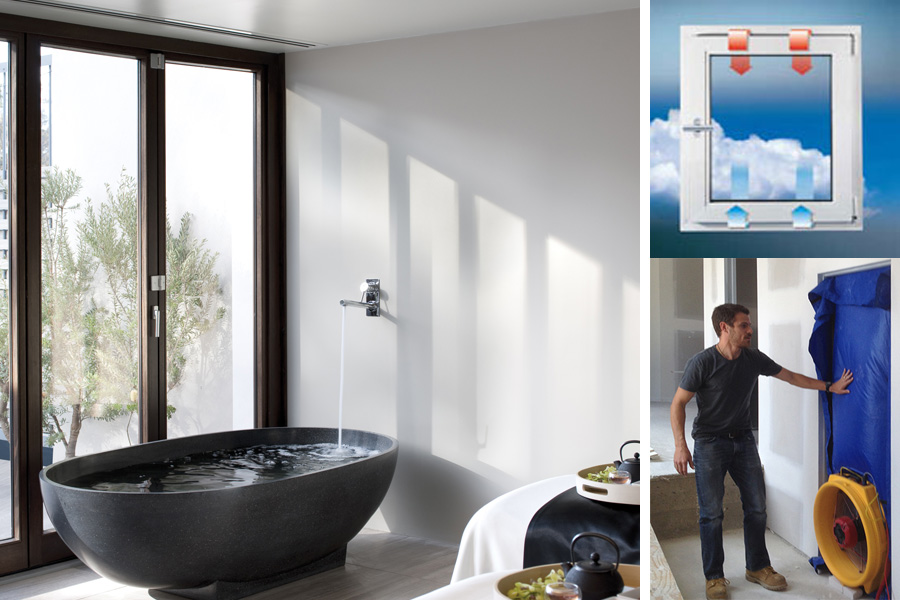Paarhammer will be closing at 12pm Tuesday the 23rd of December 2025 and we will reopen on Monday the 12th of January 2026. We would like to wish all our clients and suppliers a happy and safe holiday period.
Click here to view our latest blog
No Draft

Draft is the enemy of achieving energy savings
We have long understood that achieving excellent energy ratings goes well beyond double glazing. We know it's also in the framing and sealing.
The evidence shows that most of the warm or cool air is lost through windows and doors. While providing views, natural light and fresh air, they can also allow heat to enter and leave your home quickly. Many conventional sliding, bi-fold doors and windows suffer from air leakage.
Air Infiltration
Air leakage of windows is measured in litres of air per second per square meter of window area (L/s.m2).
WERS-rated windows must satisfy Australian Standard AS 2047 ‘Windows in Buildings — selection and installation’ which allows a maximum infiltration rate of 5.0L/s.m2 at a positive pressure difference of 75Pa but this is inadequate in cool and cold climates, particularly in high wind areas. A level being discussed for the National Construction Code is 10m3/hr.m2 @50Pa. Passive House uses 'air changes' per hour at 50 Pascal and displays this as ACH50 or n50.
The average Australian home has almost 14n50 air changes per hour or 16-ACH50, which is about the same as almost 14m3/h.m2 @50Pa air permeability per square meter of surface area. A Passive House requires the air infiltration to be as low as 0.6-ACH50 and Paarhammer windows and doors can achieve this rating.
A blower door is a fan used to measure air tightness of buildings. An airtight building envelope ensures very limited amounts of gaps and this is essential for thermal comfort, especially in Net Zero or Passive House buildings.
Incorrect window installation can also cause problems including poor air sealing between window and wall which results in reduced energy efficiency.
Paarhammer window and door systems have extremely low air infiltration from 0.05 and can save up to 84% of your energy costs, please see WERS Window Energy Rating Scheme.
Read: Draft Proof your Home for Savings and Comfort
Read: Blower test for Air Tightness
Read: Why is airtightness so important